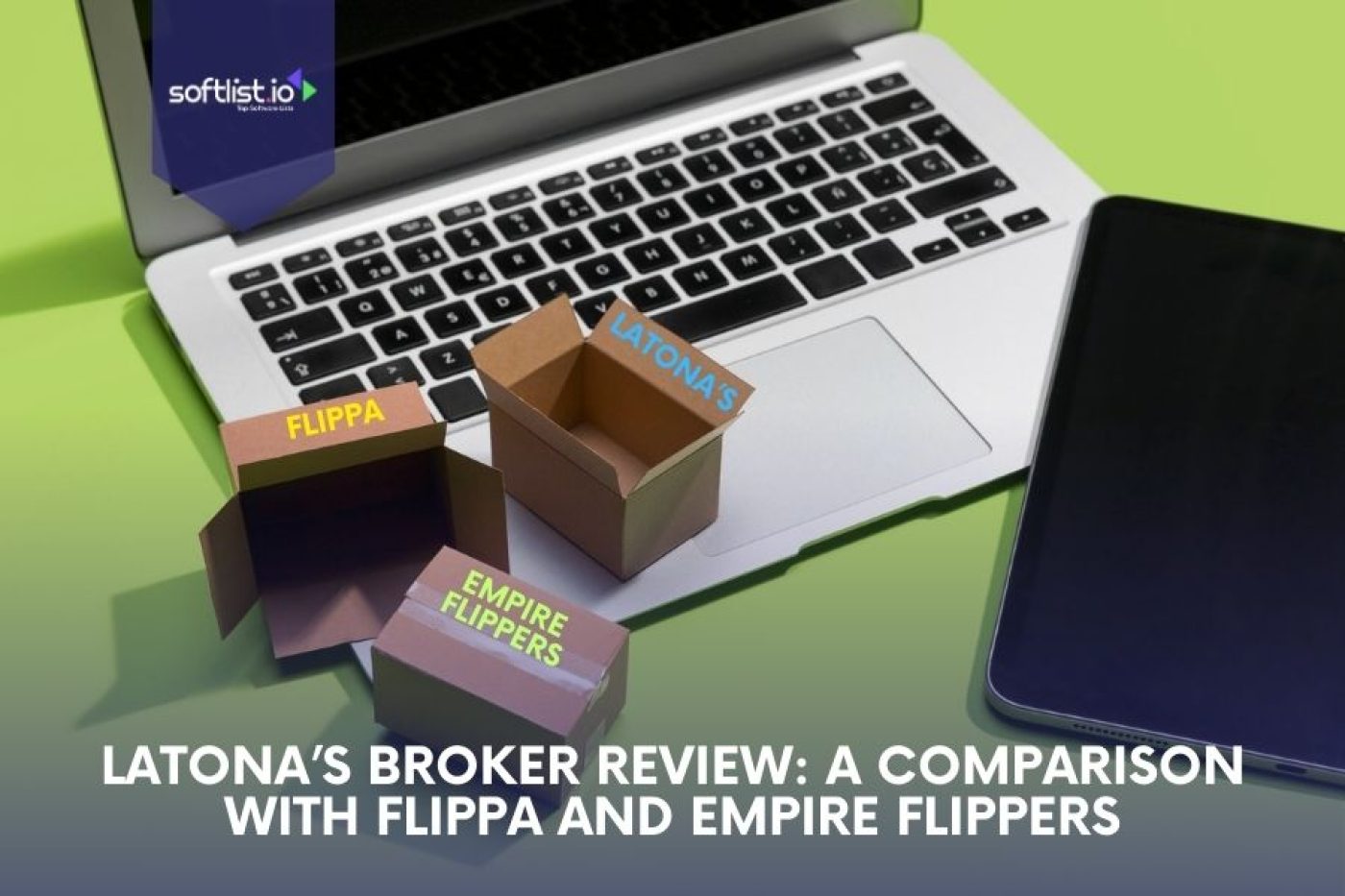Discover a digital ledger not managed by any central authority but provides a secure and private key for open access. This system, known better as a decentralized digital currency, has changed and revolutionized how multiple transactions are tracked.
Welcome to blockchain technology—a disruptive force with potential applications in finance, supply chain management, monetary transactions, and so much more, with new groundbreaking blockchain applications and technologies growing daily!
To better understand its magnitude of impacts on various industries, let’s break down what makes up this groundbreaking tech.
Blockchain Technology was born alongside Bitcoin—the first cryptocurrency ever created—but it goes far beyond just digital money systems.
It can also redefine notions such as trustworthiness, transparency, and safety within virtual reality, the MetaVerse, or the real world if that’s your thing!
Key Takeaways
- Blockchain technology is characterized by its secure, decentralized, and distributed digital blockchain ledger that records across a private blockchain network, presenting applications across various industries and financial institutions. The Bitcoin network is a prime example of its use.
- The structure of a blockchain network includes interconnected components such as nodes, blocks, consensus mechanisms, and cryptographic hashing, which collectively maintain the network’s integrity, security, and decentralized nature.
- Blockchain adoption faces hurdles, including significant energy consumption, scalability limitations, and regulatory challenges, which must be overcome to leverage its full potential in various applications such as finance, supply chain management, and digital identity verification.
- Like many industries, cryptocurrency terms can confuse newcomers. Brush up on blockchain jargon so you can understand the complex mechanics, keep your assets secure and spot risks before they affect you.
Exploring the Basics of Blockchain Technology

A Blockchain is an established and distributed digital ledger that provides transparency, trustworthiness, and security to any transactions on a network of computers.
As one important example of blockchain technology, Bitcoin acts like a decentralized currency protected by the unshakable safety of its Bitcoin blockchain system.
Not regulated or governed by centralized control systems, this tech validates transactions and ensures all transaction records remain accessible across multiple machines without distortion.
Its benefits are wide-ranging within industries such as finance management, supply chain logistics, and manufacturing processes alike, thus making it undeniably versatile!
Understanding Distributed Ledgers
The distributed ledgers at the core of blockchain are networks that store and document all transactions on various computers or nodes.
Every node has a copy of this ledger, verifying its accuracy via an agreement mechanism to ensure transparency, security, and irrefutability – meaning no entity is solely in charge across the entire network.
This decentralized methodology ensures that none of the stored data on the consortium blockchain can be altered without registering it as part of a transaction.
The Role of Cryptographic Hashing
Cryptographic hash is utilized to protect data and generate distinct identifiers for each block in the blockchain technology.
This method also links blocks together, allowing someone to detect any unauthorized modifications done on the chain while preserving its overall security integrity.
SHA-256 stands out amongst the cryptographic hashing functions used within blockchain development. It has become common practice since then.
Decentralization: The Core Philosophy
Blockchain technology is built upon the principle of decentralization, which entails having authority and decision-making power dispersed over a decentralized network full of nodes.
This diffusion provides blockchain with enhanced security, making data alteration almost impossible to do successfully.
Decentralization contributes significantly towards achieving what blockchain technology is set out to accomplish: autonomy and distributed control.
The Anatomy of a Blockchain Network

The core of a blockchain network is an ensemble consisting of nodes, blocks, and consensus mechanisms. The computational devices known as ‘nodes’ store data and verify all transactions to ensure they are valid.
The ‘consensus mechanism’ process enables users to determine if any transaction can be accepted onto its blockchain (blockchain). This way, it maintains safety while securing vital information from being tampered with or compromised in any other way.
Nodes and Network Participants
Nodes form the basis of any blockchain network. They are computers that perform maintenance by storing data and verifying transactions, keeping it secure and stable.
There are a wide variety of nodes on blockchains: Full Nodes, Pruned Full Nodes, Archival Full Nodes, Miner Nodes, Authority Staking, Light as well as Masternode types, each taking care of different sets of data respectively.
All these functions come together to ensure that the operations within this distributed ledger technology remain safe and effective.
How Blocks Store Data
Blocks are the foundation of a blockchain, storing all transaction data and safeguarding network integrity. Each block in this system is linked to another through cryptographic hashes, guaranteeing security for the whole chain.
The current block incorporates the most previous block and one’s hash into itself as part of its linking process, adding an extra layer of protection across the entire blockchain network.
Validating Transactions on the Network
In a blockchain network, validating transactions is essential to ensure their authenticity and accuracy. This process necessitates that the majority of members in the system must agree on whether or not each transaction should be approved.
The blockchain eliminates double spending by prohibiting two entities from simultaneously utilizing one single output.
Public vs. Private Blockchain Networks
Blockchain networks may have three types: public, private, and hybrid. Each type possesses its own set of advantages and limitations.
A significant benefit of utilizing an open, permissionless blockchain or network is that there is no need to go through access control procedures. Allowing the addition of new applications without any trust being needed from other parties involved.
Private blockchains offer security by providing decentralization and restricting involvement only to those granted special authorization rights for using them.
Lastly, a hybrid blockchain approach combines features found in public and private implementations, giving users more flexibility when dealing with them.
Public Blockchain Network Dynamics
Blockchain networks are open to the public, offering transparency and security due to their decentralization. All cryptocurrency transactions on these systems are recorded onto a blockchain record, a public ledger visible to all users.
The security of such networks relies upon different elements like consensus mechanisms, cryptography, transparency, and economic incentives. Despite their accessibility, anyone can use them safely and with confidence.
Having your transactions tracked publicly encourages trust in this innovative system since it safeguards users’ data privacy, ensuring only authorized persons access crucial information while providing visibility, allowing an extra layer when doing business.
Inside Private Blockchain Networks
Private blockchain networks offer heightened control and privacy due to their permission nature, owned by just one organization. Such private blockchains have benefits such as improved transaction speeds, lower prices, and more transparency and scalability compared to public versions.
Security is ensured in these systems through encryption and other features like restricted user access, immutability when it comes to transactions, and enhanced confidentiality levels for patient data.
Hybrid Solutions: Best of Both Worlds?
Blockchain networks combining private and public blockchain systems elements are hybrid blockchains. These create a network that increases your blockchain technology’s security, transparency, control, and privacy depending on businesses’ or organizations’ individual needs.
Such an integration grants users access to features otherwise not available from just one type alone, making this network desirable in certain cases due to its dual-nature capabilities.
Smart Contracts and Their Impact

Smart contracts possess a variety of advantages. Terms and conditions are built into the code, allowing for automatic fulfillment when all criteria are met. There is no need for third parties as intermediaries to make transactions smoother while boosting efficiency simultaneously.
A great example showcasing how these work in practice would be between landlords and tenants. Once payment of the security deposit has been sent from the tenant’s end, access to accommodation can promptly be provided by giving them digital door codes via a smart contract that automatically runs independently without any manual interference.
Execution of Smart Contracts
The execution of smart contracts is enabled by the decentralized and immutable qualities blockchain technology possesses. Events, variables, and functions are fundamental to running a successful smart contract process.
Nodes contribute to this by verifying transactions, triggering an action based on these components to execute said contract correctly, and promoting consensus among its users network-wide.
Use Cases Across Industries
Smart contracts, with their predefined regulations and terms between parties involved, have various potential applications in areas like finance, supply chain management, and healthcare.
In supply chain logistics, they act as a backbone by allowing self-executing agreements that can be implemented without external intervention within the blockchain technology.
The Evolution of Blockchain Protocols

Different blockchain protocols provide specialized blockchain platforms designed to fulfill diverse industry requirements. These networks enable applications on their frameworks, with each blockchain protocol specially tailored for distinct needs and uses.
Ethereum: A Platform for Decentralized Applications
Ethereum is a blockchain-based, decentralized platform that facilitates developing and deploying smart contracts and other distributed applications.
Unlike Bitcoin, which focuses on digital currency transactions, Ethereum has more features that extend beyond financial transactions. Its flexible environment enables developers to construct and launch various projects based on their Ethereum blockchain infrastructure creating a new array of opportunities for blockchain technology in the future.
Ripple and Financial Transactions
Ripple is devoted to expediting and ensuring secure money exchanges between financial organizations. It relies on a decentralized blockchain technology that utilizes its digital currency, XRP, for fast and cost-effective international transactions.
Hyperledger’s Enterprise Focus
Hyperledger is a blockchain platform tailored to enterprise applications that enables the formation of private and restricted networks. It has been designed for scalability, security, and compatibility with industrial blockchain solutions. To that end, its structure is modular to meet these objectives.
Blockchain’s Role in Supply Chain Management

Blockchain technology can revolutionize supply chain management by providing end-to-end visibility, monitoring of goods throughout the process, and assurance of authenticity.
The traceable record allows all participants in a supply chain from source to delivery to keep track of products’ movements between buyers and suppliers efficiently while also increasing transparency within the supply chain’s system.
Tracking Goods from Origin to Consumer
Blockchain technology offers numerous benefits when tracking goods from their origin to the end user. These advantages include improved traceability, greater transparency, increased security, efficient supply chain, and provenance management. This makes blockchain ideal for successfully managing any supply chain or logistics process.
Reducing Counterfeit and Ensuring Authenticity
Blockchain technologies can help reduce counterfeit products in the supply chain due to their secure and visible record of product movement.
It prevents fraud, enabling a traceable pathway for goods along the entire supply chain with no possibility of manipulation or tampering.
The Economics of Blockchain: Transaction Fees and Mining Rewards
The economics of blockchain involve payment for transaction processing and network security by incentivizing participants to maintain the proof of work system.
Transaction fees refer to charges blockchain users must pay for their transactions to be included on the ledger.
Bitcoin guarantees its blockchain’s safety through mining, which entails providing proof-of-work solutions to complicated Hashcash puzzles. This compensates miners who help preserve the integrity of Bitcoin’s chain data structures.
Beyond Bitcoin Blockchain: Diverse Applications

Blockchain technology is employed to create faster interbank payment systems, reduce the possibility of fraud, and simplify KYC processes. Its applications are diverse. Ranging from supply chains to voting platforms and digital and identity management solutions.
This technology could improve security in electoral procedures, decrease election manipulation, and increase voter turnout through increased trustworthiness for those participating.
Permissioned Blockchain can streamline processes in identity verification initiatives, data storage services, or even creating provable timestamp marks across many industries using its distributed ledger system features.
Navigating Blockchain Protocol Adoption Challenges

The adoption of blockchain technology presents many obstacles that must be addressed for it to become widely used. These challenges include the energy consumption required, scalability limitations, and regulatory uncertainties surrounding its applications.
Despite these hurdles, there is great potential benefit from leveraging this type of technology, which necessitates careful exploration and consideration by those looking into blockchain implementation possibilities.
Regulations play a crucial part in any utilization or ownership-related matters concerning cryptocurrencies and their corresponding networks, something often overlooked but integral in ensuring compliance across all levels affected, including government jurisdictions involved.
Overall, overcoming the challenges associated with blockchain adoption requires much more than just grasping the concepts at face value.
I’d like to point out that understanding each limitation while weighing up both pros and cons is essential before taking the necessary action if mass acceptance to develop blockchain applications will ever be reached successfully.
What exactly is blockchain technology?
Blockchain technology is a distributed ledger that records transactions that can’t be retroactively changed without all participants in the network agreeing to it. This makes for secure and transparent information sharing within a business ecosystem by recording transactions across multiple computers. Blockchain’s decentralized architecture ensures no single party has absolute control over its activity.
What is blockchain technology for dummies?
Blockchain technology is an advanced decentralized system that utilizes cryptography to store data securely. Changing or interfering with the information being held becomes hard by joining and arranging blockchain records.
Is blockchain technology a cryptocurrency?
Blockchain technology acts as a digital public ledger and verifies transactions, making it the foundation for significant cryptocurrencies such as Bitcoin and Ethereum. It stores information about all completed financial activities without trusting a central authority or third-party intermediaries to validate transactions.
What is the role of nodes in a blockchain network?
Nodes are essential for a blockchain network, as they store data and verify transactions to ensure the accuracy of all information. This helps maintain the trustworthiness of said blockchain’s structure.
What is a smart contract?
A smart contract is an agreement whose terms are written in computer code. It automatically executes to enable processes without requiring intermediaries. This kind of contract helps reduce the need for third-party intervention while maintaining all pertinent information.
Summary
Since its introduction to Bitcoin, the potential of blockchain technology has advanced dramatically. Its foundational traits – decentralization, transparency, and security – lead to multiple uses apart from digital currencies, such as transforming supply chain management or improving voting systems.
This new tech comes with a set of roadblocks, including scalability problems, high energy consumption, and regulatory issues.
Regardless of these challenges, we must remember that there is still much more ground left for it to cover since pioneering in cryptocurrency markets.
We’re closer than ever before to a world where blockchain plays an important role within our online infrastructure, contributing even towards enhanced safety levels, openness, and improved productivity ratios.






